Dalmatian Puppies
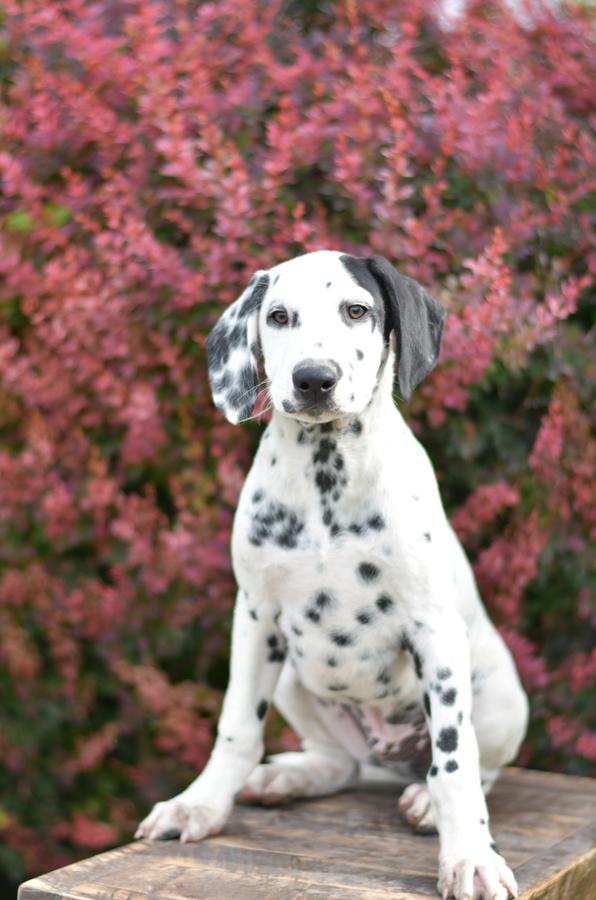
The Playful, Energetic, and Sensitive Dalmatian
The Dalmatian is most recognized for its white and black spotted coat and its appearance in a certain Disney series. They were originally bred to guard horses and coaches as they traveled, making them great watchdogs.
Dalmatian At a Glance
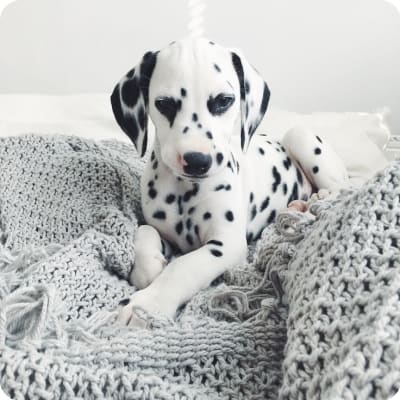
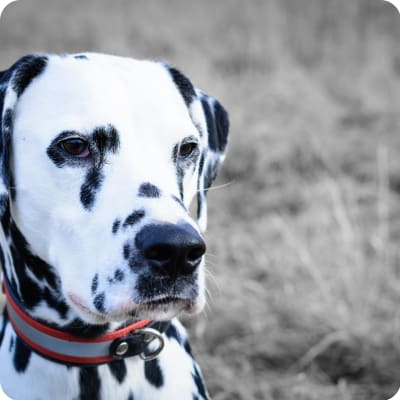
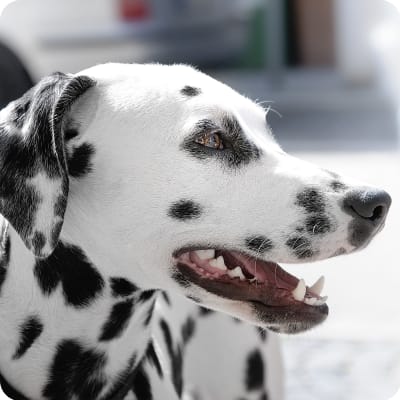
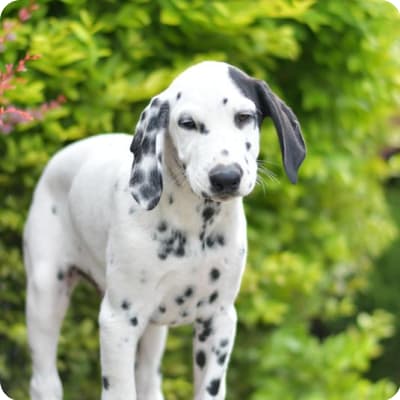
Dalmatian At a Glance
- Size: 22"-24", 40-60 lbs.
- Lifespan: 10-13 years
- Energy Level: high
- Coat: Short, dense, and glossy
- Shedding: heavy
- Hypoallergenic: No
- Dog Group: Non-Sporting
- Common Nicknames: Plum Pudding Dog, Carriage Dog, Firehouse Dog
Dalmatian Breed Guide
Learn More About Dalmatians


